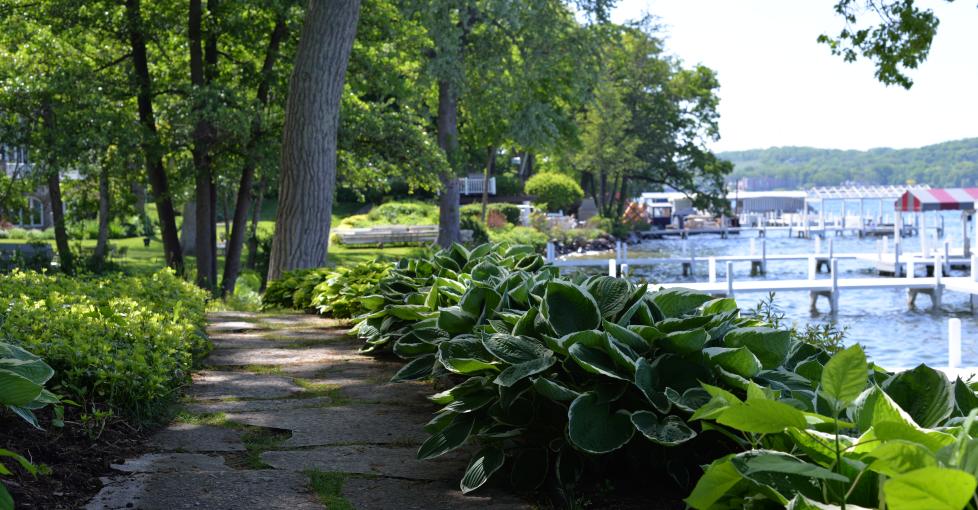
The Geneva Lake Shore Path is a public footpath created by early settlers of the region and features historic estates with beautiful property and seasonal gardens, the clear blue waters of Geneva Lake, and views across the lake that inspire and invigorate. The path meanders along the lakeshore, crossing the front lawns of lakefront estates, association beaches and public parks. The shore line of Geneva Lake is about 20 miles, but the path reaches up to almost 26 miles with it weaving in and out of the woods along the shoreline. The terrain is meant for walkers and varies from grass to dirt to brick and concrete. There is so much beauty, in every season, around Geneva Lake that it is impossible to see everything on your first walk around the path!
First . . . A Little History
Library Park has a plaque which reads “The 26-mile lakeside trail along the shore of Geneva Lake was used by several Indian cultures from 2500 BC and continuing up to 1836 AD. Chief Big Foot’s Potawatomi tribe walked the trail between their villages at present Fontana, Williams Bay and one at Lake Geneva located in this park. Later the trail became the workmen’s path from Lake Geneva to summer states of wealthy Chicago families.”
After the Great Chicago Fire of 1871 many Chicago natives made their way up to Geneva Lake area to build summer estates that were just as big and elegant as their Chicago homes, many of which still can be found along the shore path today.
The path has been preserved by early settlers who said that the “20 feet leading to the shoreline be preserved as public domain.” Property owners were responsible then and still are today to maintain the path through each of their properties, which makes the trail very unique. Each property owner puts their own spin on their part of the shore path, some have placed benches to rest, some have artwork and some even have water stations!
Top recommendations for what to see
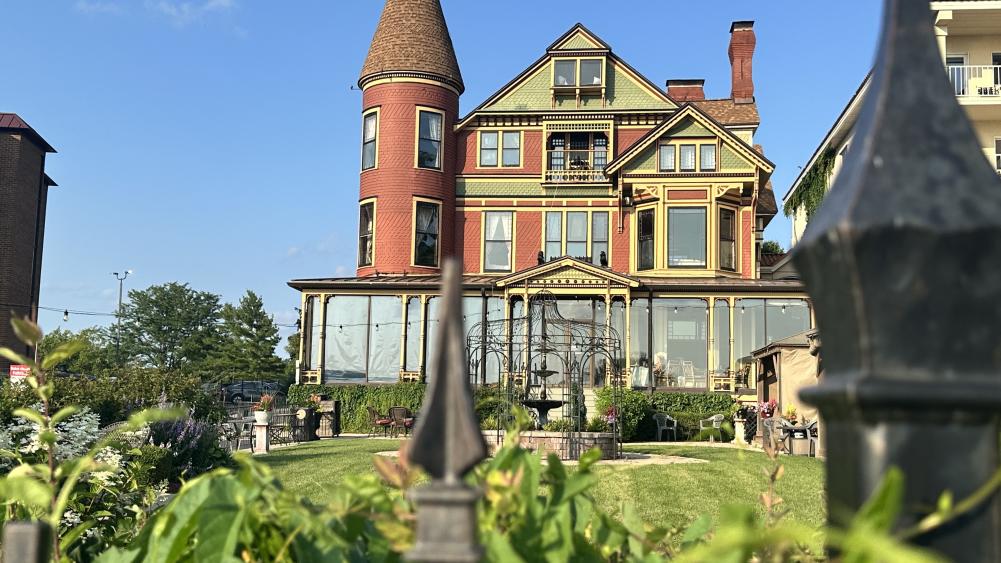
THE HISTORIC BAKER HOUSE
This 30-room Queen Anne-Style mansion was built for Robert H. Baker of Racine in 1885. Sadly, he passed away before it was completed. The home highlights 13 fireplaces and intricate woodwork throughout the restaurant and hotel now named The Baker House.
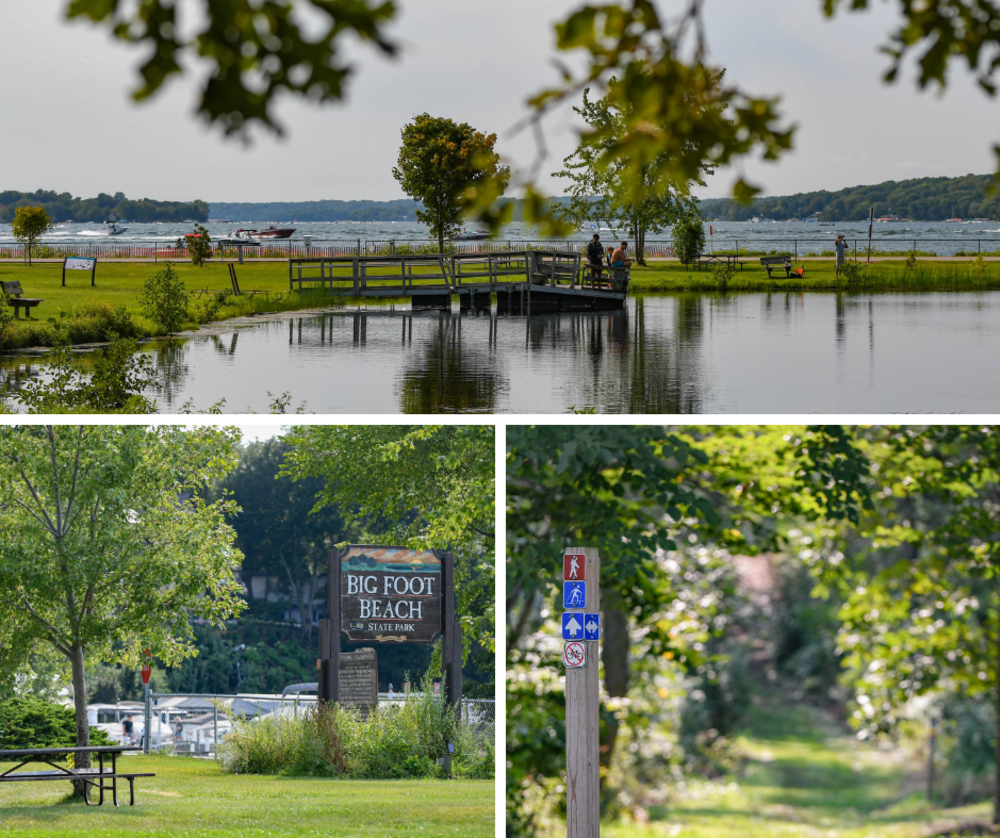
BIG FOOT BEACH STATE PARK
Nestled against Button's Bay, this historical park where Native Potowatami Tribe used to inhabit, now welcomes campers, swimmers, picnickers and hikers. The lagoon at Big Foot Beach State Park is a replica of Geneva Lake, created by the Maytag family (of washing machine fame) when they previously owned the property.
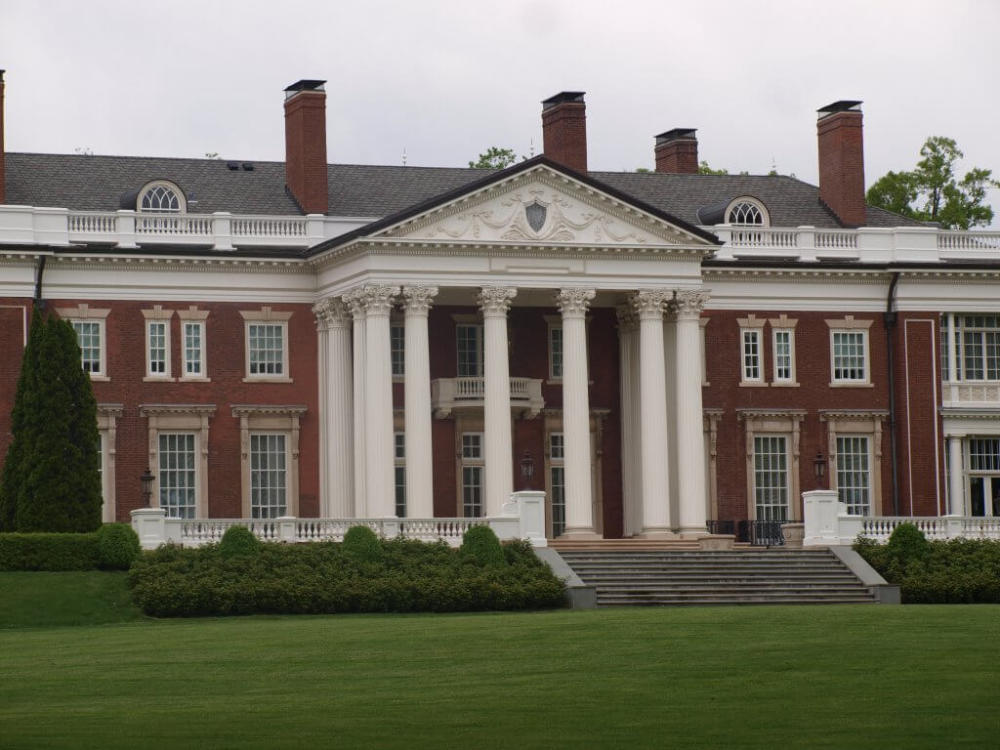
GLANWORTH GARDEN
Built in 1905/06 by Norman Harris, the founder of Harris Trust & Savings Bank in Chicago this stately home was originally known as Wadsworth Hall. The original estate's grounds were designed by the Olmsted Brothers, a landscape architectural firm founded in 1898 by the sons of the landscape architect Fredrick Law Olmsted, who designed New York City's Central and Prospect parks. The home was subsequently owned by family members of both the Yellow Taxi Cab Company and Morton Salt from 1920 until 1998. Most recently known as the Driehaus Estate, this Georgian Revival, was purchased in 1998 and painstakingly restored by fund manager, businessman and philanthropist Richard Driehaus and was home to lavish parties and events throughout the year raising money for a variety of charities until the death of Driehaus in 2021.
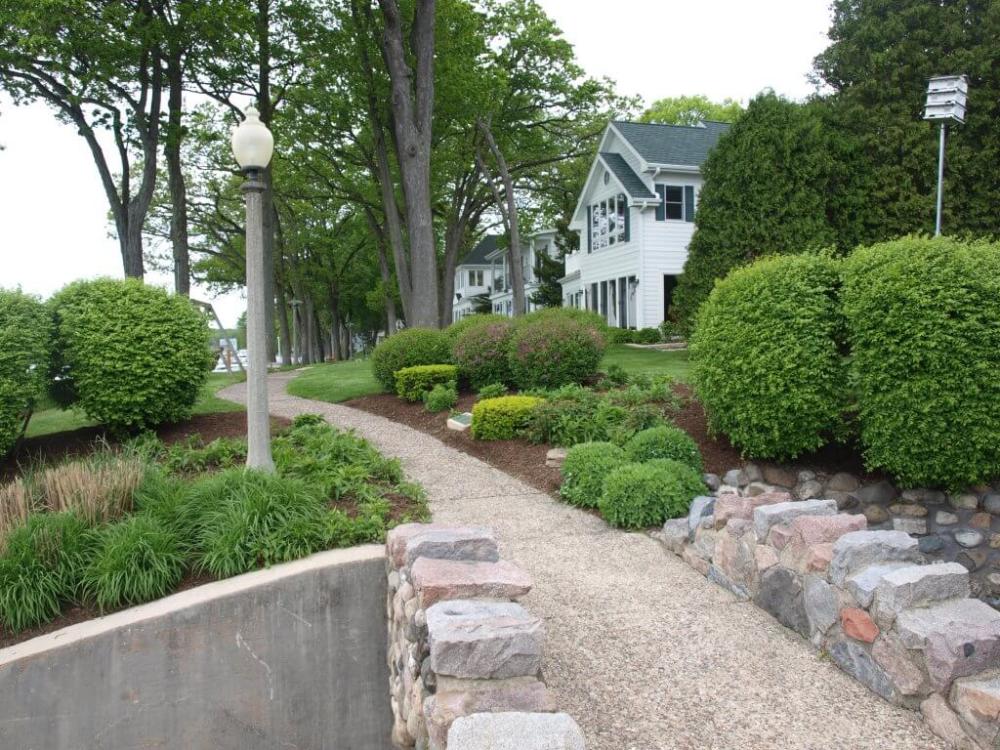
THE ELGIN CLUB
In an area known by the Potowatami as "the place for good fishing" In 1873, two friends from Elgin, Illinois, purchased 16 acres, here for $400. They recruited other friends, and the group grew to 20 families, each possessing a 50-foot lot of lake frontage. Some of the homes built here are among the oldest on the lake and the oldest residence still in use dates back to 1878.
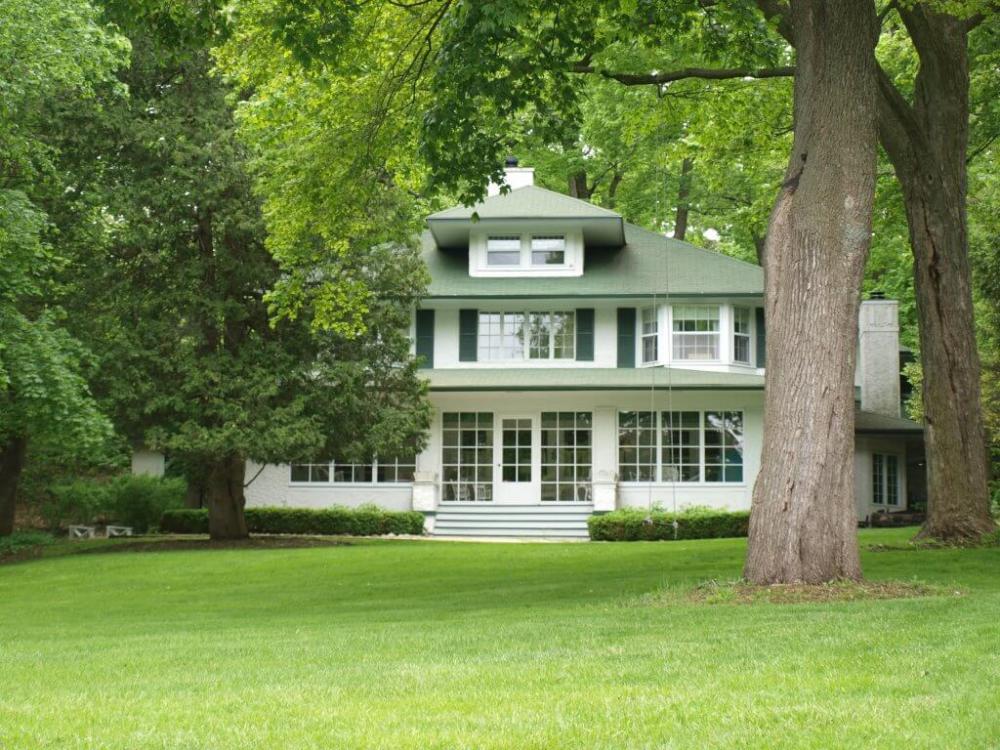
PINEGATE
This Prairie-style home was constructed in 1903 for Sanford S. Vaughn, an innovator that made basic changes in the design of the traditional carpenter's hammer that are still used in all hammers produced today. Vaughn owned a Prairie School-style home in Oak Park, IL designed by Eben E. Roberts, an architect of the same movement as Frank Lloyd Wright, and chose to build a similar home on Geneva Lake.
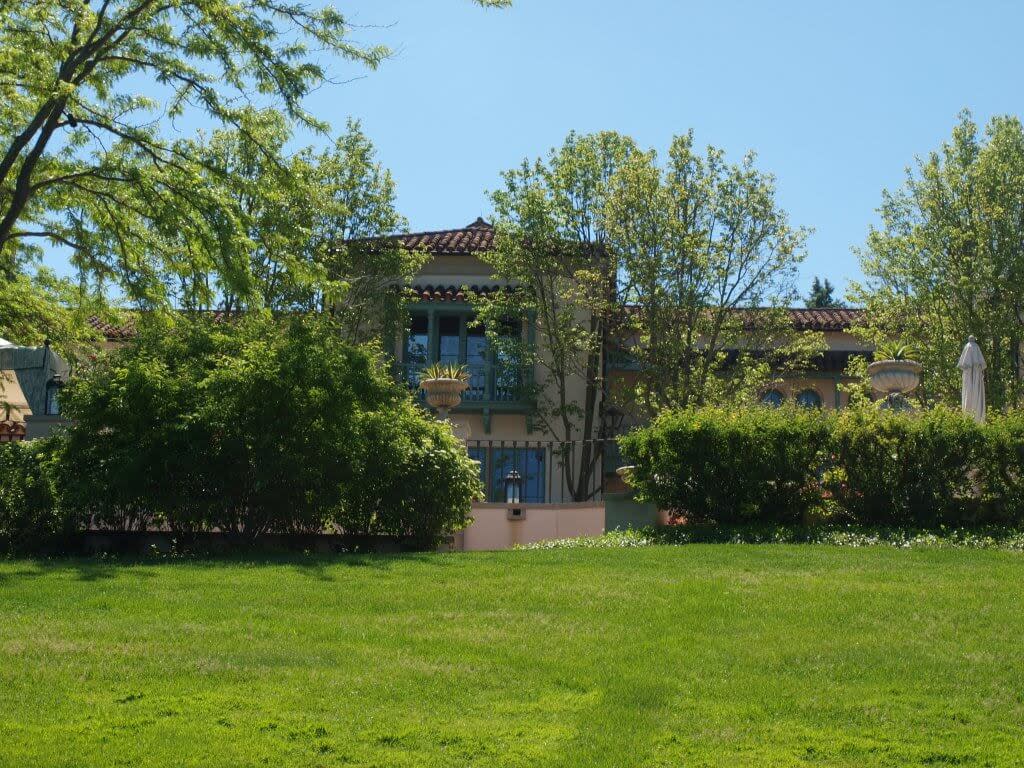
CASA DEL SUENO
This estate was built in 1929 by C.B Smith, the founder of the country's largest automobile accessory manufacturer, and its name means "house of dreams." Lee Phillip Bell and Bill Bell, the husband-wife creators of "The Young and the Restless" and "The Bold and the Beautiful" soap operas, called this estate home and wrote many of the first scripts for the long-running soap operas here. The boathouse, designed to look like a boat emerging from the shoreline is original to the property but has been significantly updated.
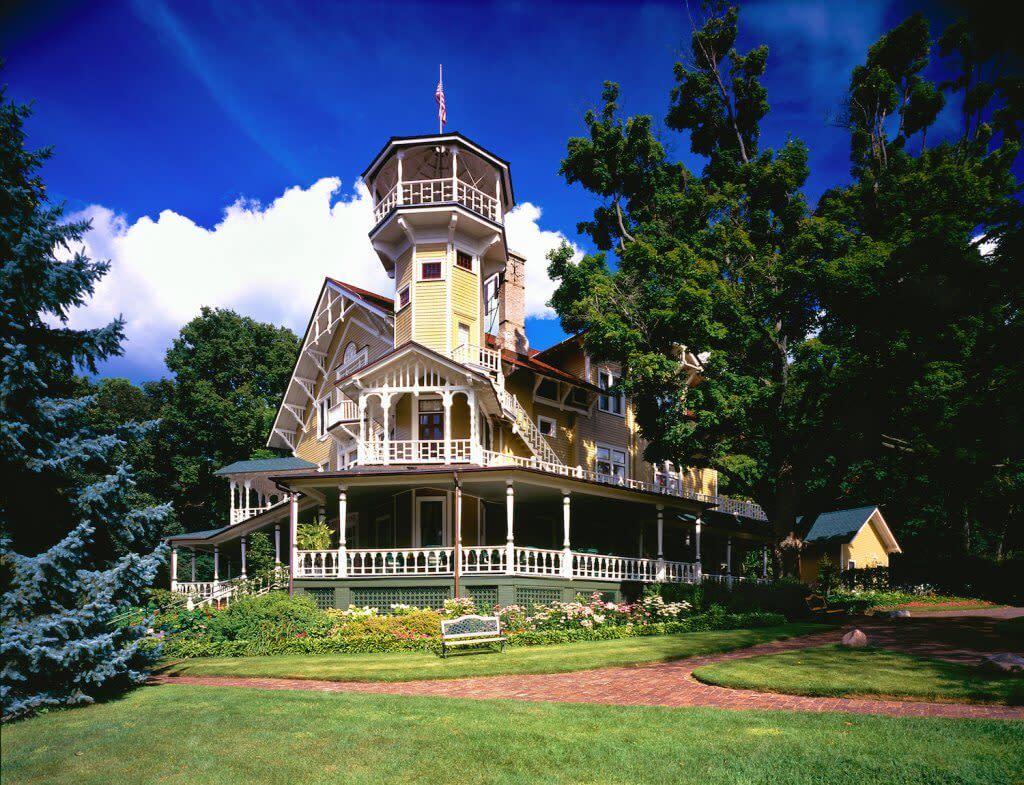
BLACK POINT
Barely visible above the trees, this home was commissioned in 1888 by German immigrant and Chicago beer baron Conrad Seipp. The Queen Anne-style home was a family summer cottage enjoyed by four generations of Seipp descendants. Black Point Estate was added to the National Register of Historic Places in 1994 and donated to the Wisconsin Historical Society in 2005. The estate and museum is open for public tours, accessible only by tour boat through a partnership with the Lake Geneva Cruise Line.
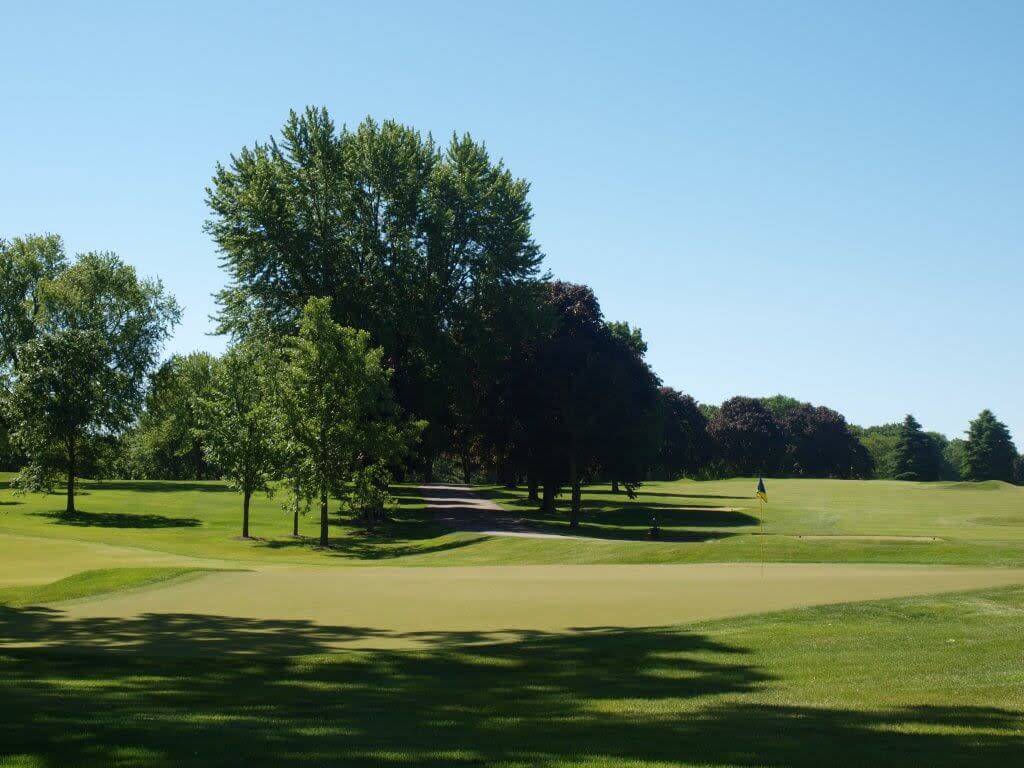
LAKE GENEVA COUNTRY CLUB
Established in 1895 and built by Richard Soutar, this was the first golf course in Wisconsin. Because Newport, Rhode Island had become a popular summer vacation destination in the late 1800s, Lake Geneva decided to build their own Country Club. The club opened in 1896 with a six-hole course and a clubhouse. The original structure burned down in 1915 and the members rebuilt it to the version enjoyed today by the clubs exclusive membership. Today's property includes an 18-hole course, boat and swim piers, and is home to one of the areas favorite 4th of July fireworks displays viewable from the lake.
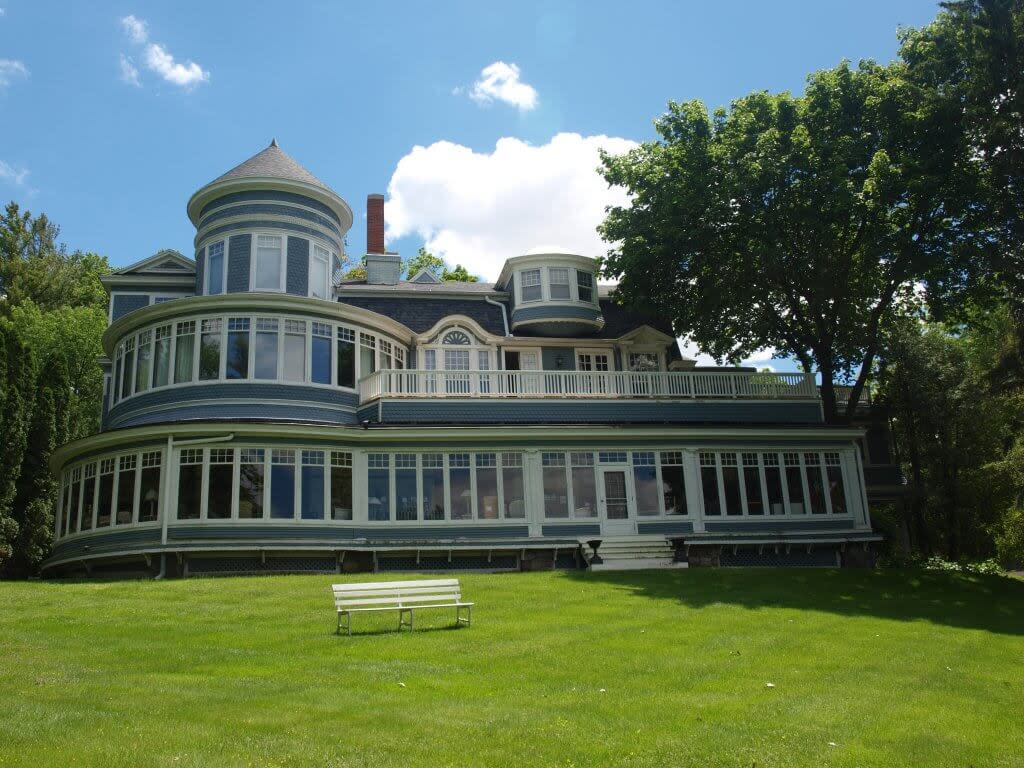
THE ECHOES
This beautiful Queen Anne-style mansion was designed in 1896 by Henry Lord Gay for George P. Braun, one of the founding fathers of Oleomargarine. In 1913, the property was bought by Amariah Cox, owner of Zeno Manufacturing Company, which made chewing gum. Cox and William Wrigley Jr., eventually joined forces to create the Wrigley Chewing Gum Company. It was common to see the pet peacocks of Amariah Cox roaming the grounds during the time he owned the property.
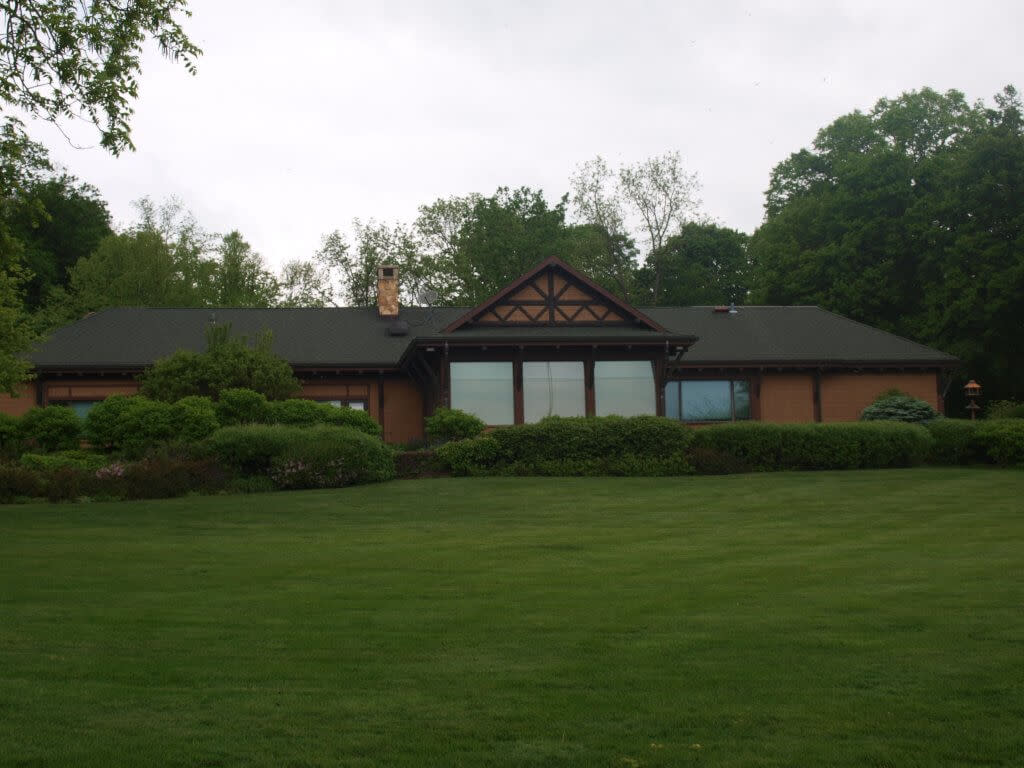
WYCHWOOD
The original owners Charles Hutchinson, president of the Art Institute of Chicago, and his wife Frances built Wychwood in 1901. Their home was a three-story English Tudor mansion with extensive native landscaping. They donated the property in 1932 to the University of Chicago for use as a botanical and wildlife refuge. But in 1957 the University divided and sold the property. P.K. Wrigley purchased the east parcel to combine it with his family's property and it has been in the Wrigley family since 1960 when it became the summer home of William Wrigley. The main home was purchased by banker Clarence Mitchell who converted it to the ranch house that remains today.
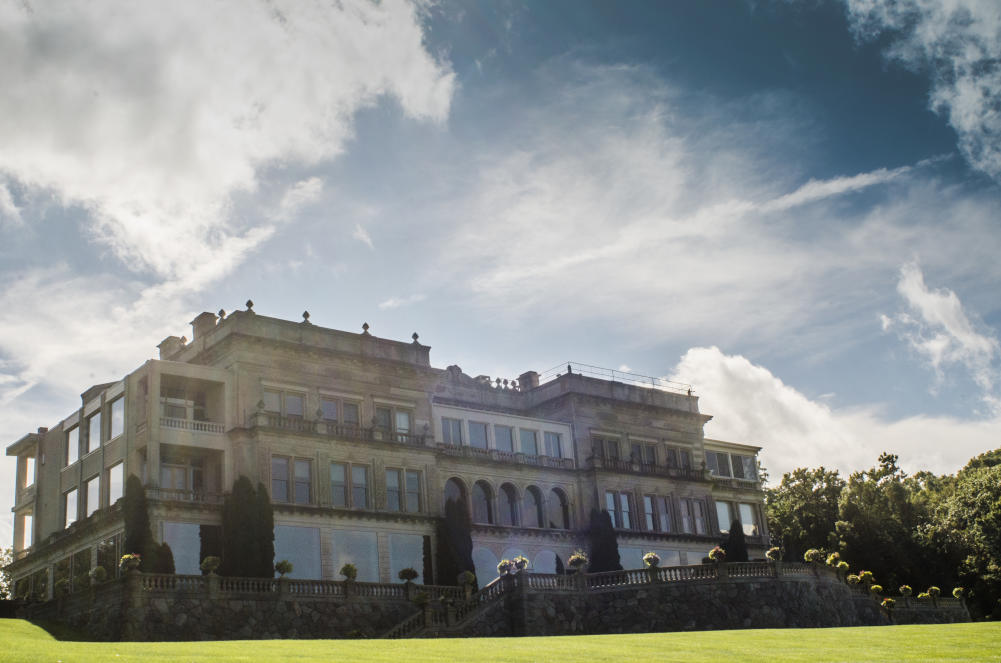
STONE MANOR
This is the largest mansion on the lake, and it was designed by Henry Lord Gay and built for Otto Young in 1899. Young died in 1906 before ever getting to use the home. After many uses including an Episcopal girls school, restaurant, Christmas tree museum, and most recently luxury condominiums the residence has recently returned to a single residence and has a rooftop pool and underground parking.
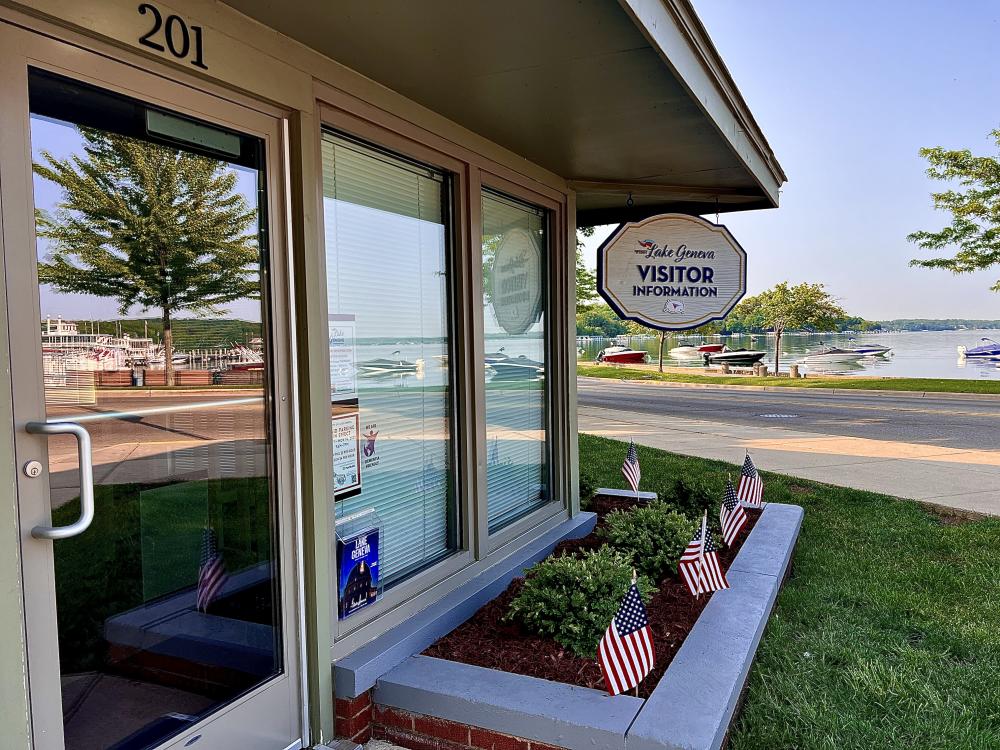
LAKE GENEVA VISITORS CENTER
Stop by the Lake Geneva Visitors Information Center in Flat Iron Park to pick up the Geneva Lake Shore Path Guidebook before you start your journey around the lake! Or, download the Visit Lake Geneva travel app now to plan your visit and hike around the Geneva Lake Shore Path!
WHAT TO EXPECT
Just as the property owners have given respect to path walkers by maintaining their land, it is also expected in return. They politely ask for visitors not to venture into their lawns, gardens, piers or boathouses. Dogs are welcome on the path as long as they are leashed and picked up after. Bikes and strollers are not recommended on the path way as some of the terrain can be quite treacherous. The ideal way to enjoy your hike along the shore path is with sturdy shoes with a good tread to prevent slipping. The terrain varies from cement, bricks, wood, stepping stones, and gravel, some of which are hilly or twist in and out of wooded areas. There are areas where it becomes very narrow or comes very close to the shoreline so walk with care!
HOW DO WE RECOMMEND WALKING THE SHORE PATH?
The shore path is a big undertaking to walk in one try. It would take 8 to 10 hours for someone who is in average physical shape to make the 26 mile journey around Geneva Lake. The easiest place to walk is starting at the Lake Geneva Library and heading out in either direction for about a mile. This piece is great for those who are traveling with young children or have mobility concerns as it is a paved section of the path.
When you are ready to take on the whole path frequent walkers recommend starting on the south side of the path since it is a little more challenging than the north side. It is recommended to walk it in sections, there are a few public access points, Lake Geneva Public Library, Fontana, Williams Bay and Big Foot Beach State Park. Please note that cutting through private property is not allowed.
Below is a list of the public access points for the shore path.
*PARKING AND PUBLIC RESTROOMS AVAILABLE
- ACCESS POINTS
- A LAKE GENEVA LAKESHORE AREAS*
- B CHAPIN ROAD
- C WILLIAMS BAY LAKESHORE AREAS*
- D FONTANA LAKESHORE AREAS*
- E SHADOW LANE
- F LINN PIER ROAD
- G BIG FOOT BEACH STATE PARK*
Insider tip: Park a car at the end of one section and drive a car to where you'd like to start, that way you can drive back!
The Geneva Lake Shore Path is something that everyone should take a walk through at some point in their lives. You are sure to discover something new each time you walk it, and the scenes are constantly changing throughout the seasons from the bloom of spring to the ever changing colors of fall it is a site to see!


